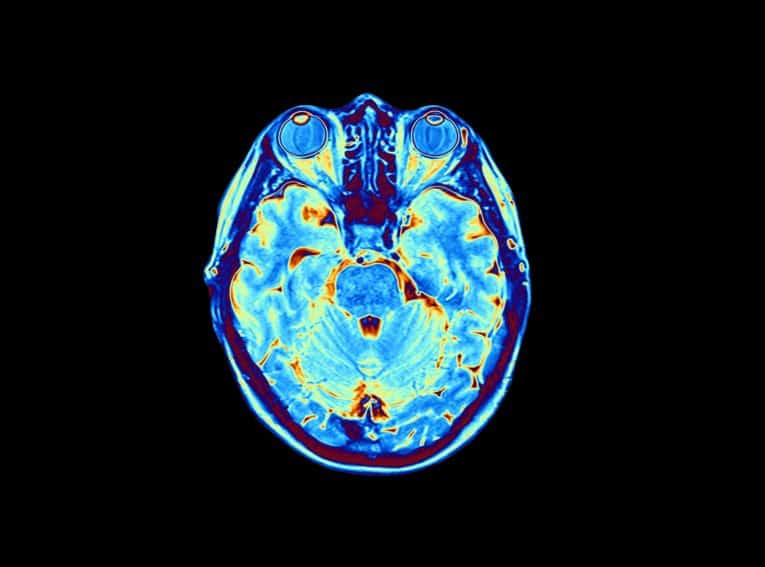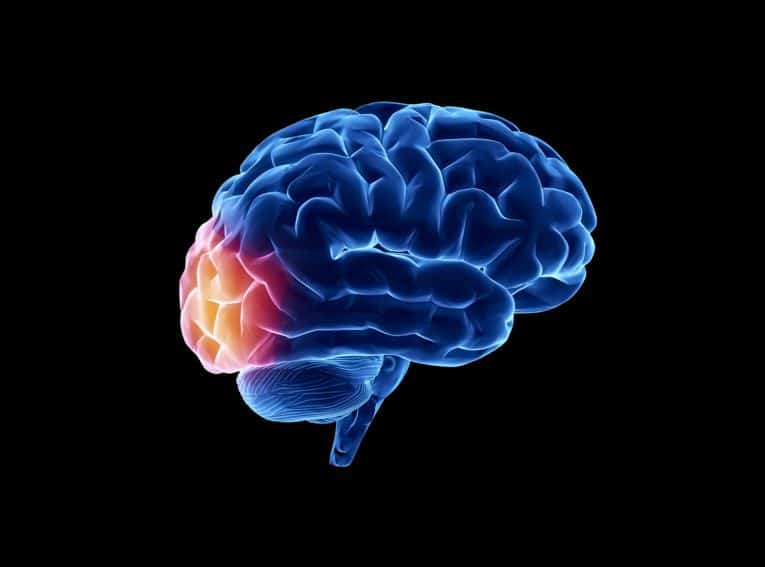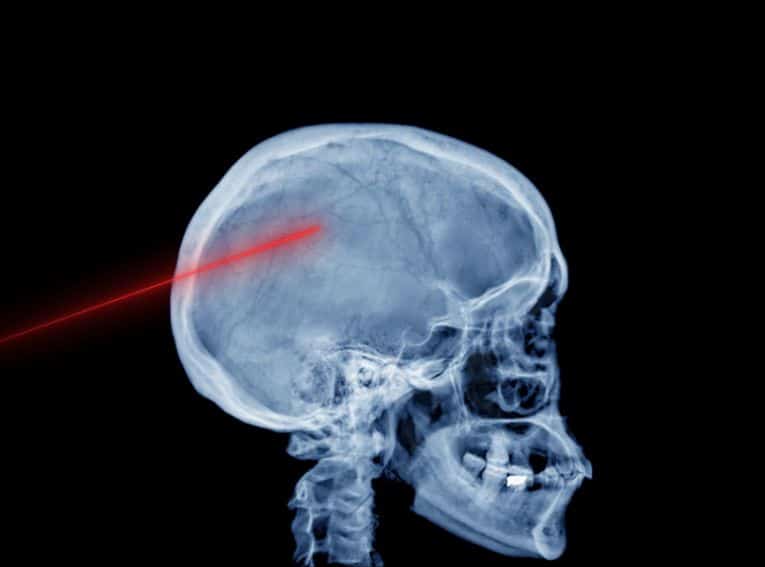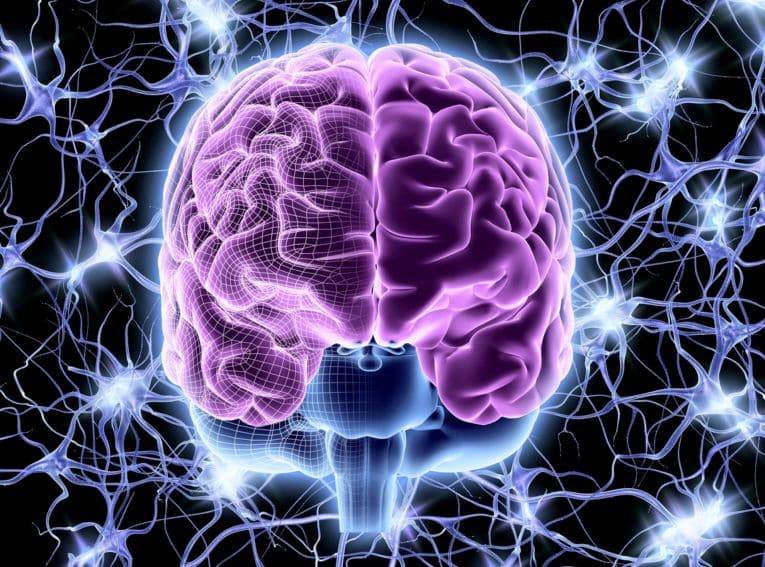
Spine Surgery
Conditions We Treat
Spinal Stenosis
Spinal stenosis is the narrowing in one or more areas of the spinal canal as a result of injury or deterioration of the discs, joints or bones of the spine. Most cases of spinal stenosis develop as a result of the degenerative changes that occur during aging. Osteoarthritis is the main cause of spinal stenosis, since this condition causes deterioration of cartilage in the area that leads to the bones rubbing against each other. As bones make repeated abnormal contact, bone spurs form, narrowing the spinal canal.
Other causes of spinal stenosis are traumatic injury, herniated disc, ligament thickening and, in rare cases, spinal tumors, any of which can damage the alignment of the vertebrae. A subtype of spinal stenosis is foraminal stenosis. This condition is caused by a narrowing of the foramen, the opening within each of the spinal bones that allows nerve roots to pass through.
Symptoms of Spinal Stenosis
Patients with spinal stenosis may experience a number of troubling symptoms. These may include:
- Pain in the back, neck, shoulders or extremities
- Muscle cramping
- Loss of sensation in affected areas
- Loss of balance
- Bladder or bowel dysfunction
The loss of bladder or bowel control is a rare, but particularly distressing symptom, for which surgery is most often necessary.
Diagnosis of Spinal Stenosis
In order to diagnose spinal stenosis, a medical history and a physical examination are always necessary. The condition is often difficult to diagnose, not only because its symptoms may resemble the symptoms of other conditions, but because they may only occur intermittently. A diagnosis of spinal stenosis is usually achieved only after ruling out other disease conditions. Typically, imaging exams such as a spinal X-rays, MRI, CT or bone scans are administered to definitively diagnose the condition and to pinpoint the spinal region affected. An electromyography (EMG) may also be administered to measure electrical impulses in the affected skeletal muscles.
Treatment of Spinal Stenosis
Most cases of spinal stenosis can be effectively treated through conservative methods such as physical therapy, nonsteroidal anti-inflammatory drugs (NSAIDs), rest and a supportive back brace or cervical collar. In some situations, corticosteroid injections may provide relief.
For more severe cases, surgical procedures such as a decompressive laminectomy, laminotomy or spinal fusion may be required to relieve pressure on the nerves. When the patient is diagnosed with foraminal stenosis, a surgical procedure known as a foraminotomy may be performed. This operation widens the area where the spinal nerve roots project from the spine.
Welcome to the office of neurosurgeon Dr. Vikas Rao, where your health comes first. Below are some of the neurosurgical treatments that we offer in Mission Viejo, CA:
Contact us today
Your concerns are important to us, and we want to make sure all of your questions are answered so you understand your options. Please contact our office with any questions, and our team will be happy to assist you.
Give us a call
We're open to serve
Book an appointment
Our doctor and staff are devoted to our patients. Please fill out the form below with any questions or to schedule an appointment and our team will get back to you within 24 to 48 hours.





